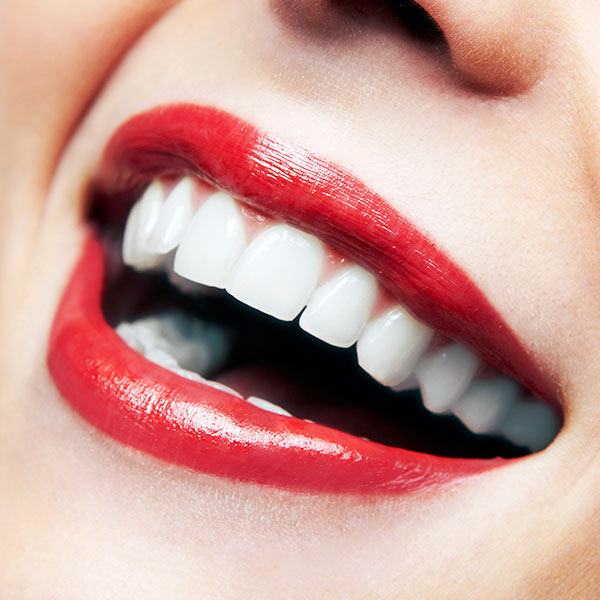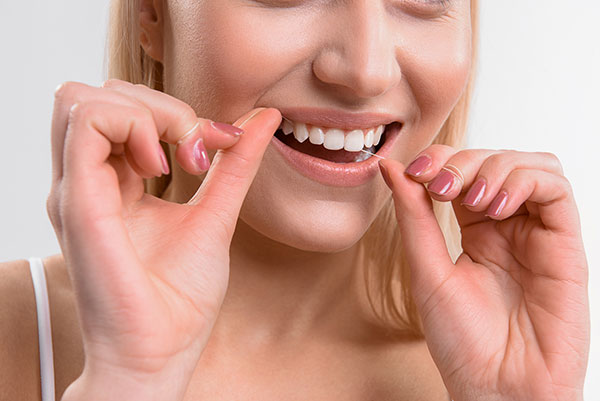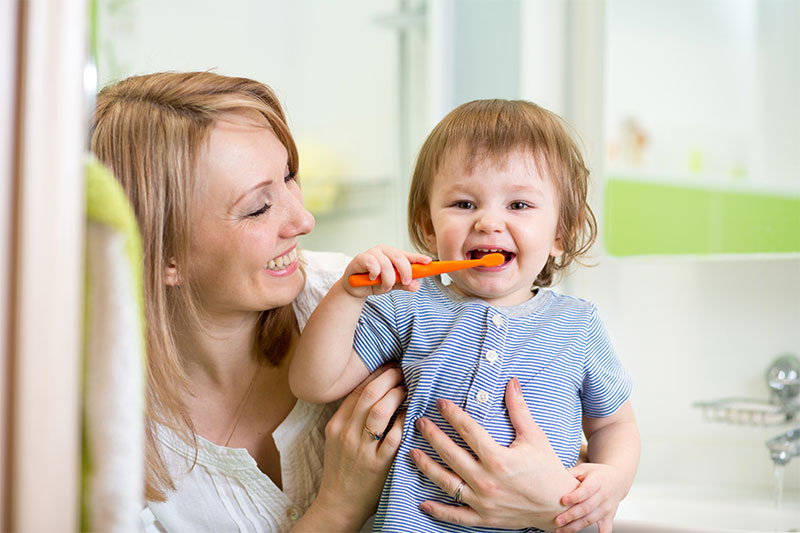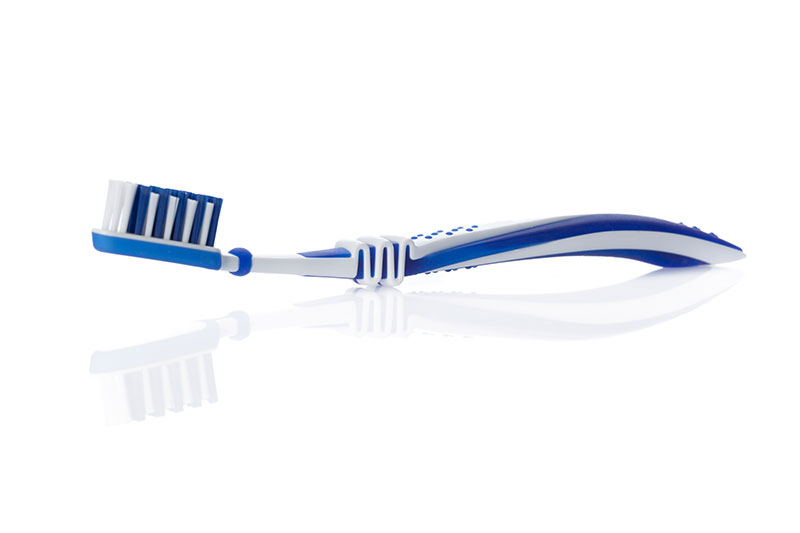
What is Toothbrush Abrasion & How to Prevent It
Toothbrush abrasion is tooth surface wear caused by overzealous tooth brushing over time. It usually appears as small indentations or notches along the gum line, mainly occurring on the front surface of the premolars and molars where it is easy to over brush.
Signs and Symptoms of Toothbrush Abrasion
- Gum recession
- Notched enamel at the gum line
- Yellowing teeth at the gum line
- Tooth sensitivity
Treatment Options for Toothbrush Abrasion
- Sensitivity toothpaste can be used to prevent sensitivity associated with the abrasion. It is recommended to use sensitivity toothpaste twice a day while brushing, and it can provide instantaneous and long-lasting relief.
- Fillings at the gum line to fill in the abrasion notches are another treatment option. White filling material is used to fill in the abrasion and helps prevent sensitivity by blocking the vulnerable tooth structure underneath. Fillings also help prevent further abrasion by blocking the vulnerable tooth structure from abrasive brushing.
How To Prevent Toothbrush Abrasion
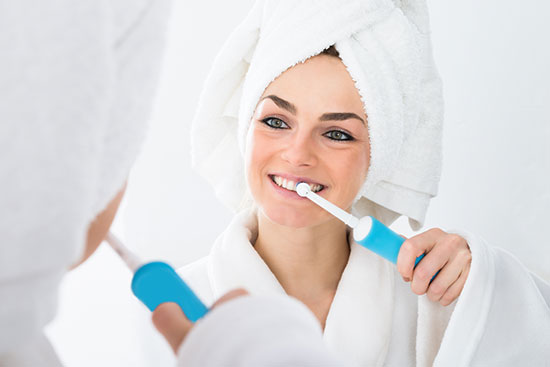
It is essential to use the correct brushing technique to prevent toothbrush abrasion. Make sure to use either a super soft or soft manual toothbrush or an electric toothbrush to brush your teeth. Never use a medium or a hard manual toothbrush as the bristles are too firm and contribute to damage to the gums and tooth structure. If you use an electric toothbrush, make sure not to apply too much pressure or to brush aggressively with it. Let the electric toothbrush do the work for you by holding it against a tooth for a few seconds and moving on to the next tooth. A helpful tool that some electric toothbrushes have is a pressure indicator that either activates a sound or a light when you are applying too much pressure. An electric toothbrush with a pressure indicator is recommended for patients who are prone to brushing aggressively. If brushing with a soft or super soft manual toothbrush, make sure to brush away from the gums in sweeping strokes and never scrub back and forth. If you notice the bristles of your toothbrush splaying, it is an indication that you are brushing too aggressively.
If you have any questions about toothbrush abrasion or believe you may benefit from treatment options for toothbrush abrasion, we encourage you to contact us to schedule an appointment.
If you have any questions, we encourage you to contact us today to schedule an appointment.


